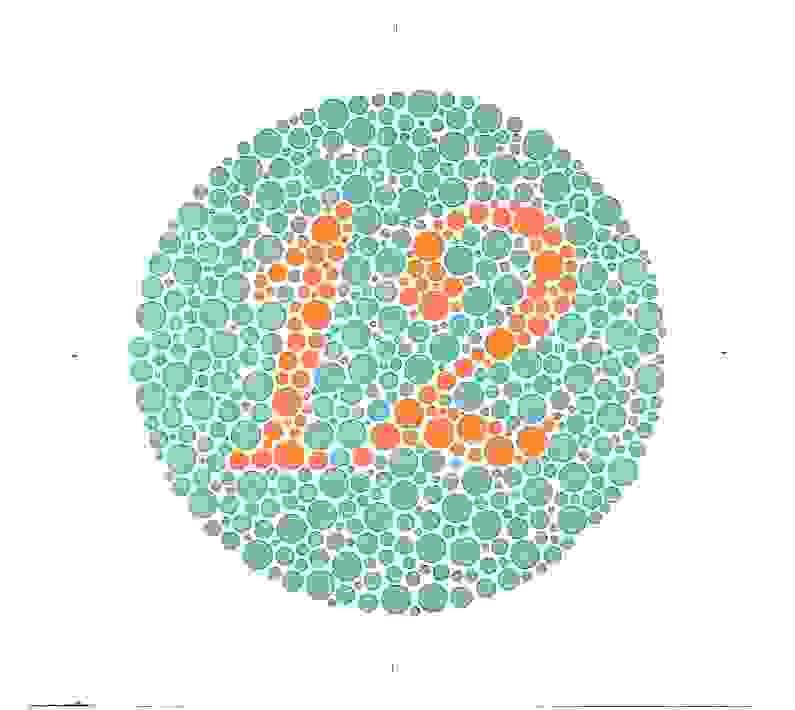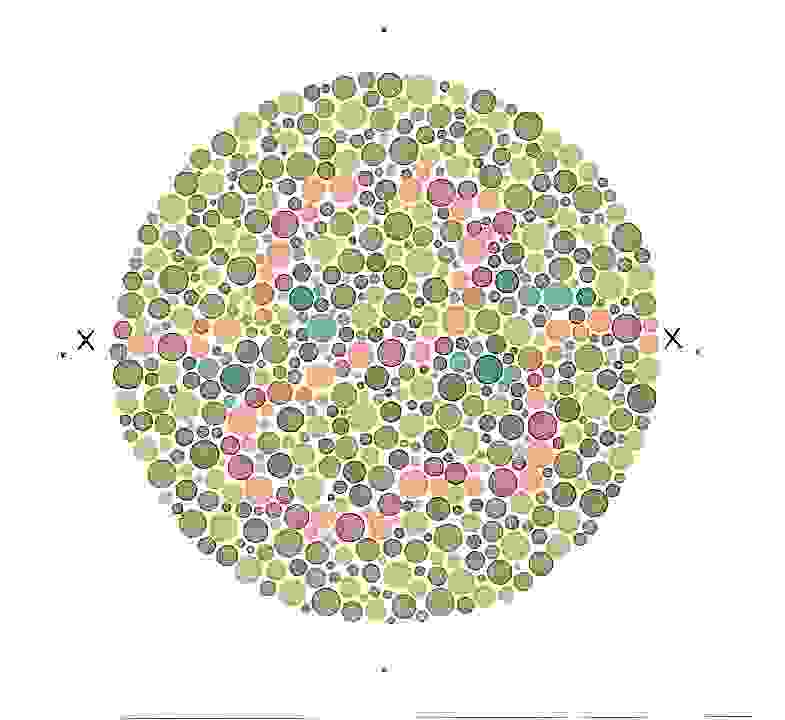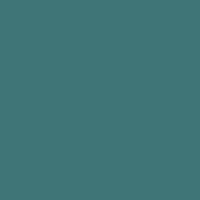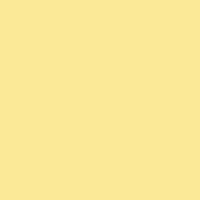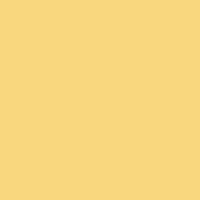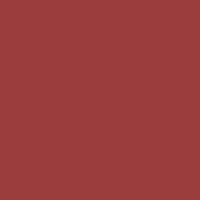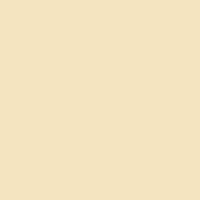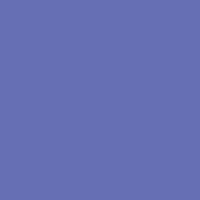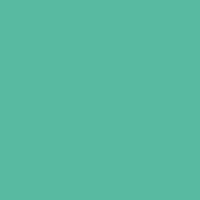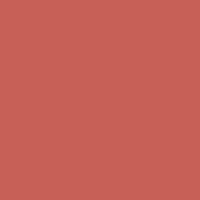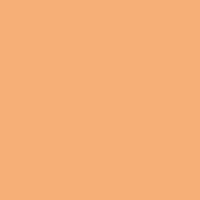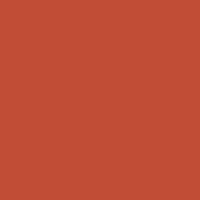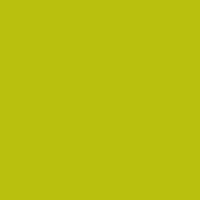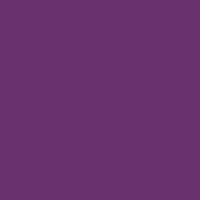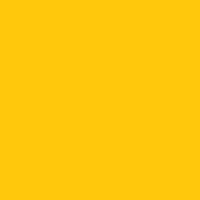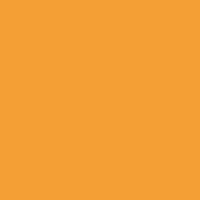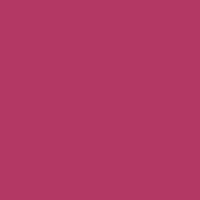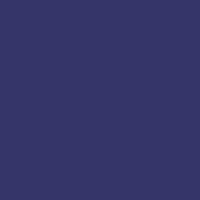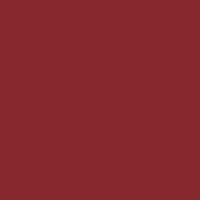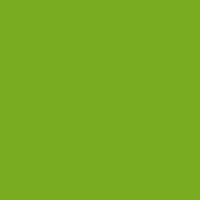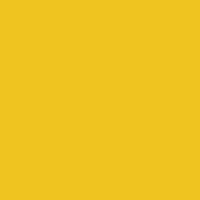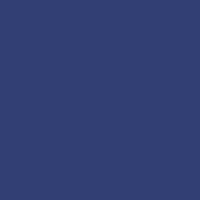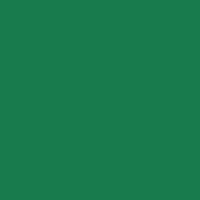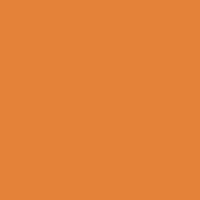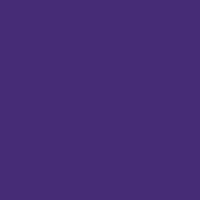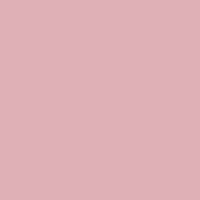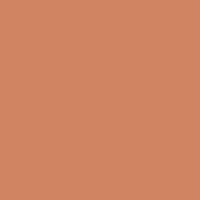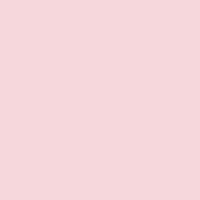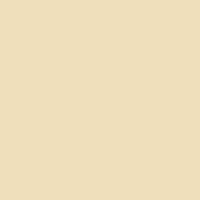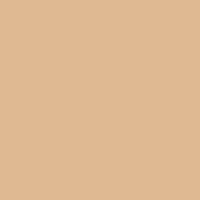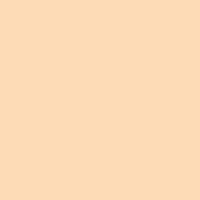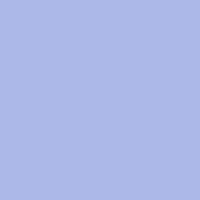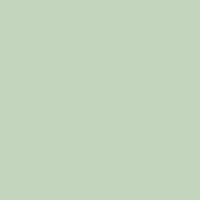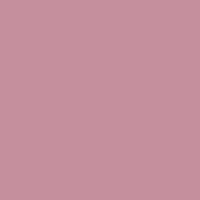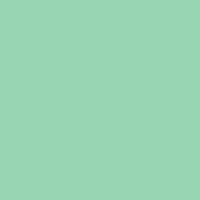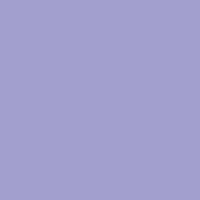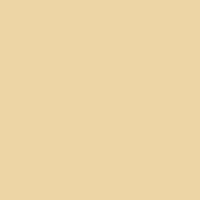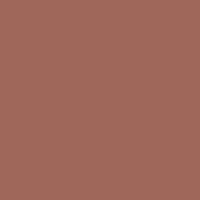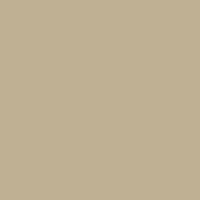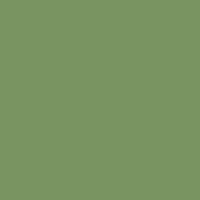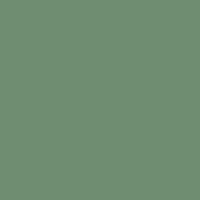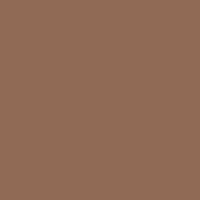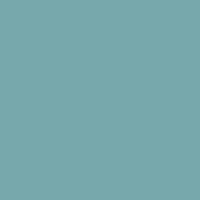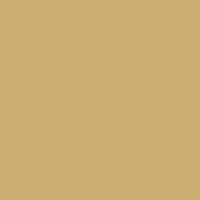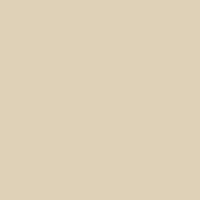What is a mood board?
A mood board is typically a combination of images, fonts, colors, and textures that define the style of the project. It is a tool for creatives and clients to come to an agreement about style. They come in many forms and they might even be called something different depending on the industry that you’re in. I’ve seen mood boards show up in fashion, film, photography, branding, web design, wedding planning, interior decorating etc. and they all have different ways of laying out their graphics.Some of the key points to consider: Layout, format, color, typography, and texture.
Layout

1. It’s a one page document. If you’ve got pages and pages, you start to dilute your style. Find only the BEST images that represent your style and stick with them. The rest is fluff.
2. It’s the sum of it’s parts. How you order and display your images speaks just as strongly about the mood as the images themselves.
Going For The Structured Look?
Some digital mood boards are very structured and gridded. They usually have less images than a collage type mood board, which makes every image even more essential to telling the story. They also have a very “finished” look about them.Do: Have consistency. If you want borders, make the same sized borders around every image. The first sign of a non-designer mood board is having some images closer to each other than other.

Do: Line images up. I’ll never forget my layout teacher grabbing a ruler and making sure that everything on my page lined up some how. When you see bad design, Most people won’t know why they don’t want to look at it, but subconsciously what’s happening is that their eyes (and brain) are working extra hard to make sense of things that are almost aligned, too close, or nonsensical. A lot of it has to do with gestalt principles, but just take my word for it: if you’re going for order, commit to it and line your stuff up.

Do: Experiment with different shapes! I’m seeing more and more geometric looking mood boards and it adds a lot of interest.
How About Collage Style?
Other mood boards are more freeform; they over lap, they have inconsistent borders, and they are usually coming from all different sorts of media, but they can be all digital too. This is more like a collage and gives off a “hand-made” or chaotic feel. It also makes it feel more like a “process” and less of a “finished piece” like the structured examples. Fashion design uses this method a lot when covering new trends or designing a new line.


Do: Consider who’s seeing and using the board. If it’s just for you, putting it up on your wall or in a sketch book can work, but if you have an entire team of both creatives and business types, a more digital format might be best for sharing.
Format

Digital or physical also influences the style and depends on who needs to see it. I typically see digital mood boards more in wedding planning, branding, and web design.
Having physical objects mixed in with images pinned up on a real board feels very rustic and becomes more of a piece of mixed media art, and I think It tells a richer story too. I see this most when working in the physical medium like interior design, event planning, and fashion design.“Physical mood boards give you an extra tactile element and work best with industries that produce actual objects like fashion and interior design.”

Do: Choose your objects wisely. Having physical pieces to collage not only means working with different colors and shapes that cast shadows, but also textures (more about that later).
Do: use good lighting to photograph your mood board. You waste all that time and effort putting it together if your photo is dark, blurry, or taken at an unflattering angle. This one is “ok” but it would have been better if half the mood board wasn’t in shade.

Color

Color plays an important role in your mood, and thus should be obvious when looking at your entire mood board. The color palette should definitely be defined through the imagery you’re using. If you have a bunch of different images that have all different color schemes, you may need to simplify or go back and find more cohesive images. This can sometimes come organically, when you find a few images that speak to the style you’re looking for and suddenly you notice a common color palette or maybe you know that you want to work in the sunset color palette, and you begin to look for images that suit that. Along with images, you can also include color cards, fabric swatches, or physical items that represent the colors.


Typography

Mood boards don’t always have to be just about images and colors. If typography is a vital part of your styling, you can definitely include font choices. I see this most in branding, web design and sometimes wedding planning mood boards (fonts on invites?) As usual, the fonts must make sense with the rest of the piece.


Pattern/Texture

While color helps define emotion, Pattern and texture help define context. You can gather a lot of information from what kind of textures are going to be used. For example if you see old paper, creme colors, and maybe a damask pattern you might guess that the mood board was for some Victorian era style. Web design mood boards show patterns and textures that will be used in the styling of the backgrounds, the buttons, and the graphics. It’s important to define those early on so that the client doesn’t approve the work because they hate the particular texture you used. Because Fashion and interior design are all about the physical – the perfect polka dot dress or leather arm-chair, showing actual swatches of fabric and patterns is crucial to telling the whole story.


I hope you found this helpful. The main point is to be purposeful and consistent with your layout and image choices and to make sure each image or item helps the story and doesn’t take away from it. Lastly, don’t be afraid to add type and words. Everything can help tell the story.
Source
http://www.creatively-driven.com/the-art-of-the-mood-board/

